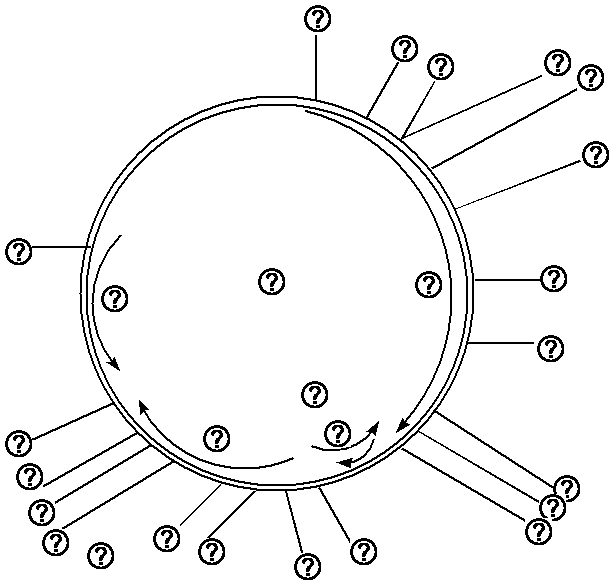Red and near infrared flourescent phyotochrome
- Summary
- Abstract
- Description
- Claims
- Application Information
AI Technical Summary
Benefits of technology
Problems solved by technology
Method used
Image
Examples
example 1
Isolation and Characterization of a Red and Near Infrared Fluorescent Phytochrome RubyRed-1 050304
[0102] In this example, a directed evolution approach was undertaken with the goal of creating novel fluorescent phytochrome mutants. Error-prone PCR was employed to generate point mutations at random positions within Cph1. We hypothesized that mutations within the chromophore pocket that sterically inhibit chromophore photoisomerization will result in a greatly enhanced fluorescence quantum yield. Such mutants were predicted to yield R or NIR fluorescence. A mutant was identified with this screen and is described herein.
Methods.
[0103] Expression Strains and Constructs.
[0104] The cyanobacterial phytochrome 1 construct pBAD-Cph1(N514) and the bilin biosynthetic plasmid pPL-PCB were previously described by Gambetta and Lagarias (Gambetta and Lagarias (2001) Proc. Natl. Acad. Sci. USA, 98(19): 10566-10571). These plasmids were routinely co-transformed into E.coli LMG194 (Invitrogen) c...
example 2
Mutation of Phytochromes to Produce Fluorescent Molecules
[0125] In this example, directed evolution of a cyanobacterial phytochrome was undertaken to elucidate the structural basis of its light sensory activity by remodeling the chemical environment of its linear tetrapyrrole prosthetic group. In addition to identifying a small region of the apoprotein critical for maintaining phytochrome's native spectroscopic properties, our studies revealed a tyrosine-tohistidine mutation that transformed phytochrome into an intensely red fluorescent biliprotein. This tyrosine is conserved in all members of the phytochrome superfamily, implicating an essential role in light signaling. Since they are self-assembling biliproteins that can be generated in living cells, fluorescent phytochromes also hold great promise to expand the present repertoire of genetically encoded fluorescent proteins into the near infrared.
Background
[0126] The spectroscopic and photophysical properties of linear tetrapy...
example 3
Isolation and Characterization of a Red and Near Infrared Fluorescent Phytochrome RubyRed-1 (a.k.a. Phytofluor Red 1)
[0176] As described above, we identified a red fluorescent cyanobacterial phytochrome 1 (Cph1) mutant Ruby Red 1 using flow cytometry, that we later named Phytofluor Red 1 or PR1 (see also Fischer and Lagarias (2004) [1]). We showed that the intense red fluorescence of the PCB adduct of PR1 was due to mutation of a single conserved tyrosine residue, i.e. tyrosine 176, to a histidine residue in the P3GAF bilin lyase domain of the 514 amino acid Cph1 polypeptide.
[0177] In this example, we show that introduction of the Y176H mutation into 1) into a more truncated Cph1 consisting of the N-terminal 350 amino acids (Cph1_P2P3), 2) into full length Cph1 constructs, and 3) into a truncated Arabidopsis phytochrome A (atPHYA:N599; Y242H) all yield red fluorescent PCB adducts. We also show that substitution of the PCB prosthetic group with the plant phytochrome PB prosthetic g...
PUM
| Property | Measurement | Unit |
|---|---|---|
| Current | aaaaa | aaaaa |
| Digital information | aaaaa | aaaaa |
| Nanoscale particle size | aaaaa | aaaaa |
Abstract
Description
Claims
Application Information
 Login to View More
Login to View More - R&D
- Intellectual Property
- Life Sciences
- Materials
- Tech Scout
- Unparalleled Data Quality
- Higher Quality Content
- 60% Fewer Hallucinations
Browse by: Latest US Patents, China's latest patents, Technical Efficacy Thesaurus, Application Domain, Technology Topic, Popular Technical Reports.
© 2025 PatSnap. All rights reserved.Legal|Privacy policy|Modern Slavery Act Transparency Statement|Sitemap|About US| Contact US: help@patsnap.com



